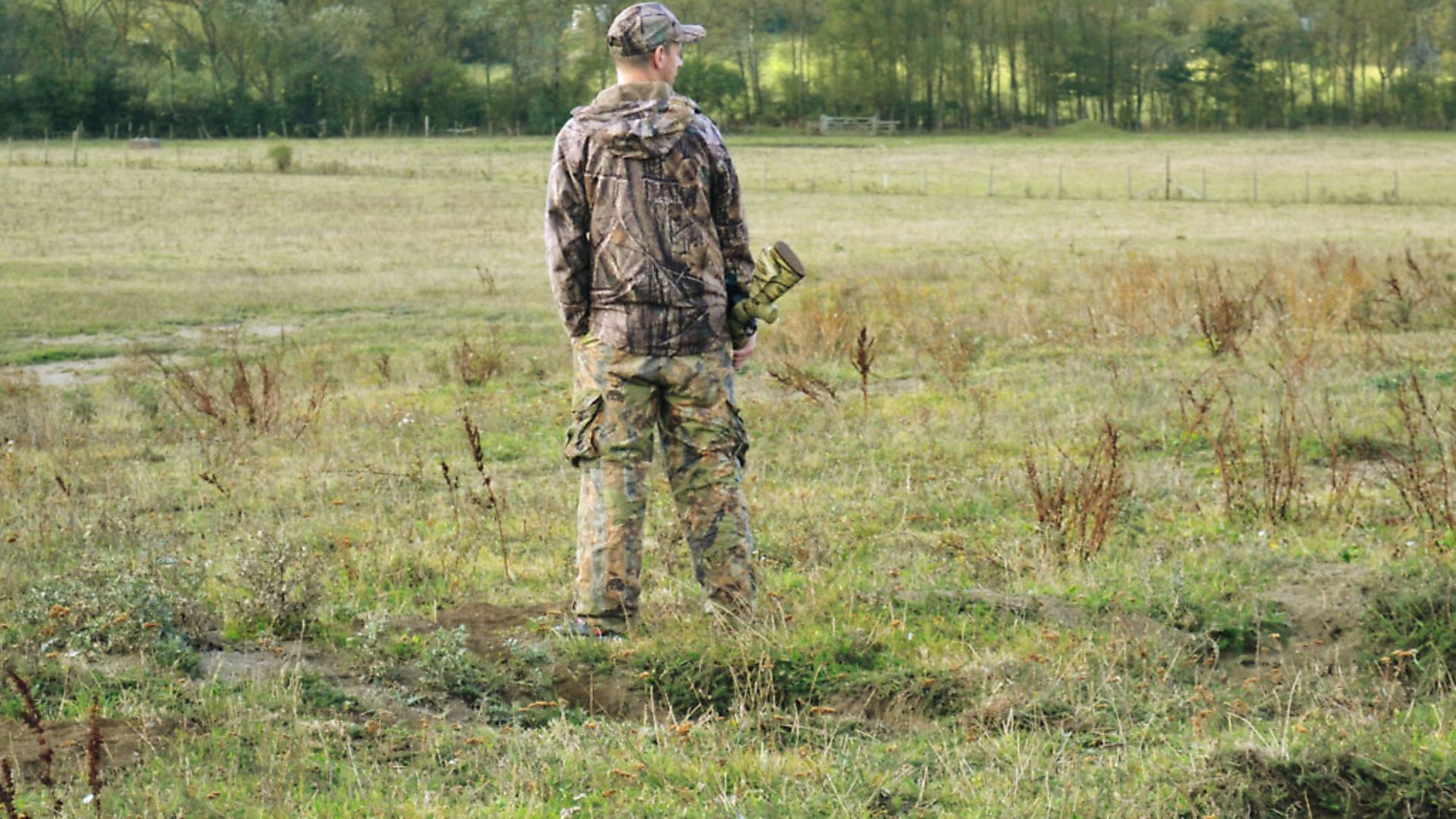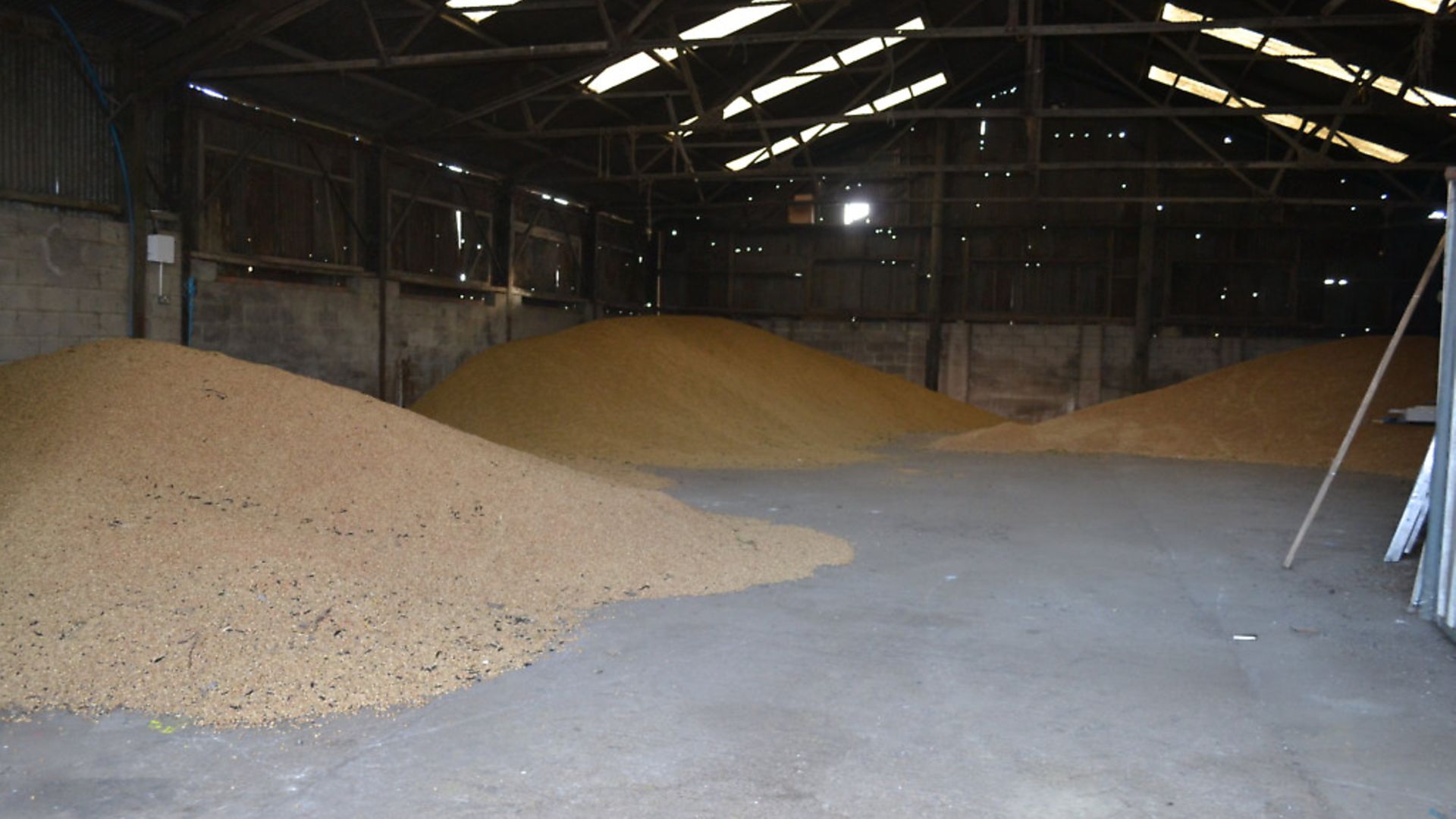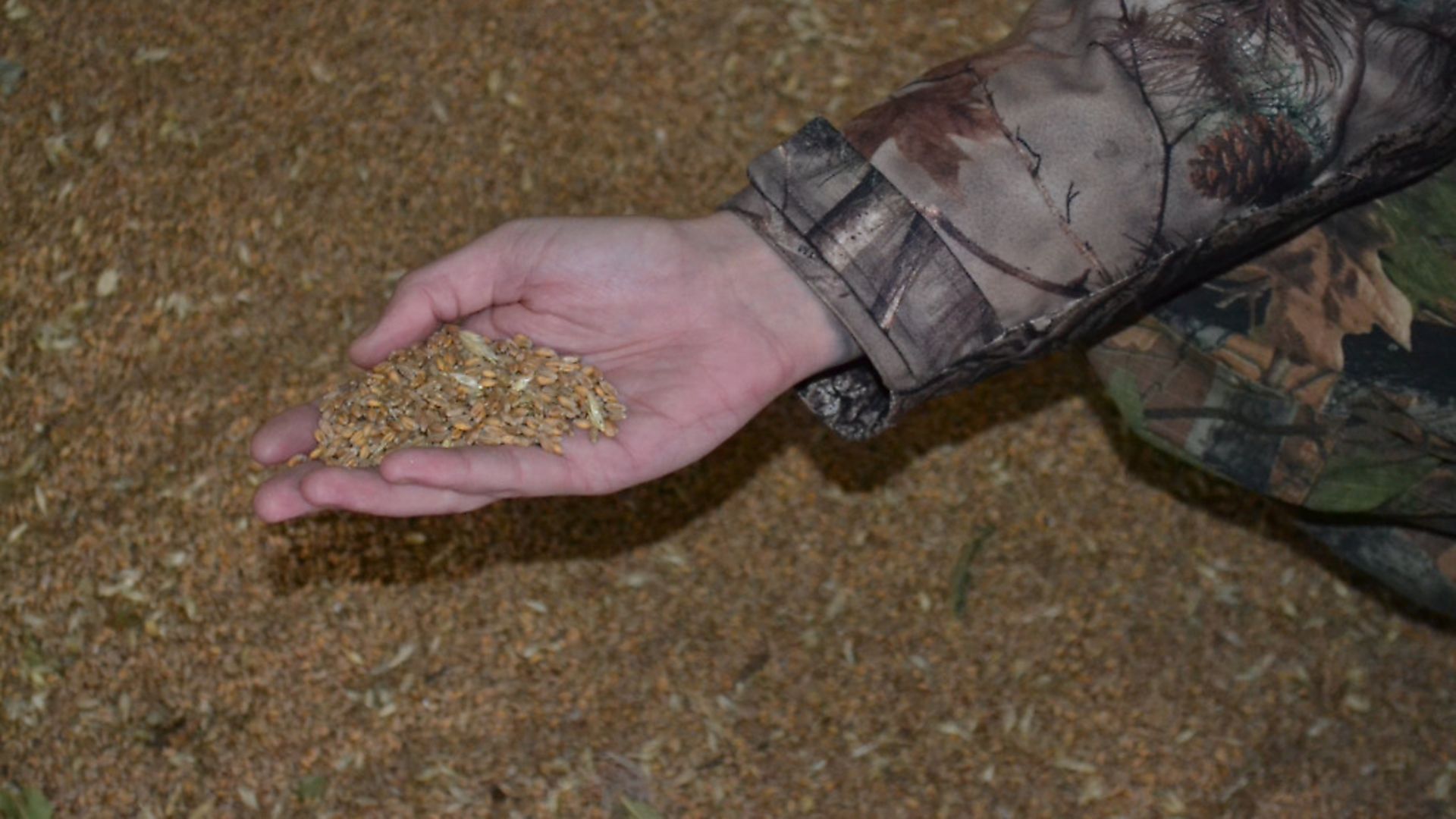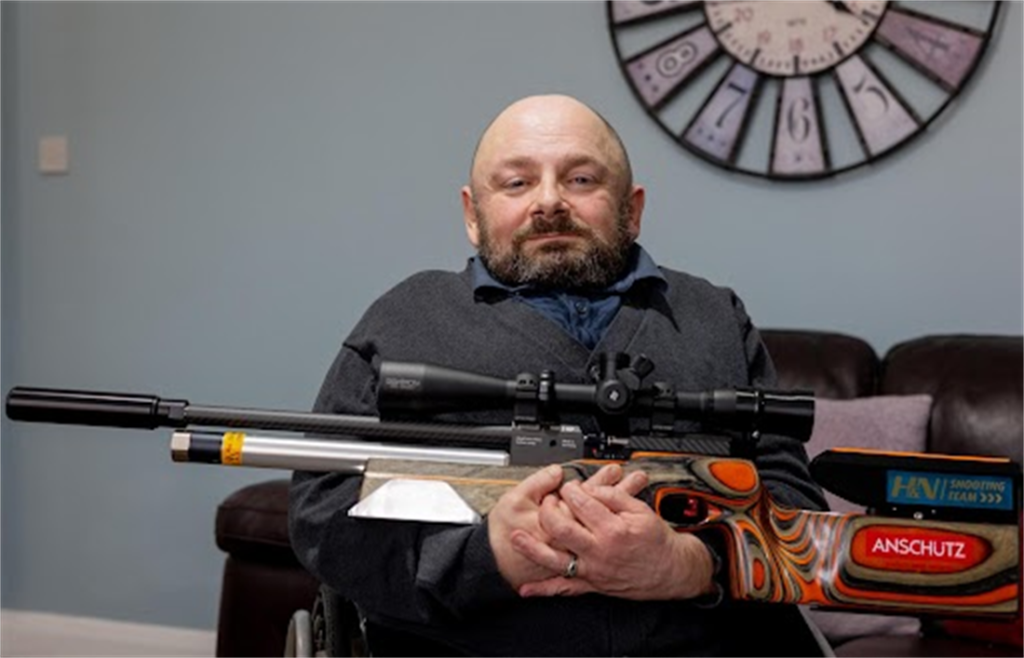Hunting in the real world with Phil Hardman
Would you like to appear on our site? We offer sponsored articles and advertising to put you in front of our readers. Find out more.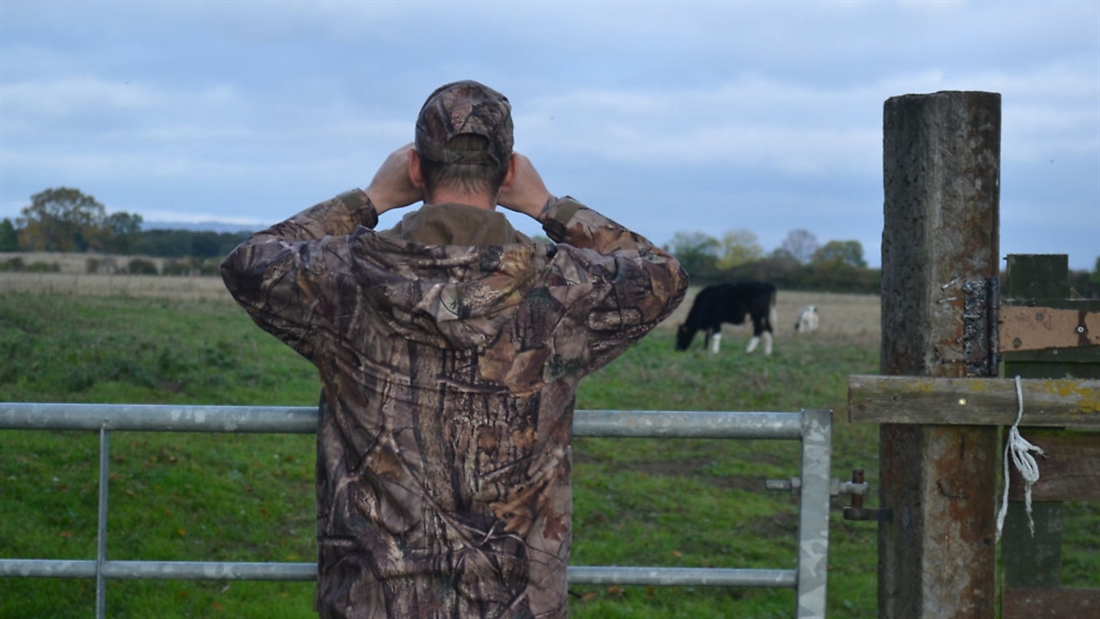
Phil Hardman takes us back to the basic facts of a hunter’s life
A successful hunt, that’s the aim, right? That’s what we all strive for, what we all dream of, that perfect, successful hunting trip. Every year, hundreds of thousands of pounds are spent on rifles, pellets, scopes, night-vision, camouflage clothing and every other thing that any of us spend money on, in an effort to improve our success rate, and that’s the basis of this month’s article. We’re going to take a look at what we can do to help us to achieve success – and what definitely won’t help!
Success is relative to the individual, that’s the first thing to remember, and it’s possibly the most important lesson. If your idea of hunting is a lovely evening out in the country, then that is why you do it, so drawing a blank is not a failure. You didn’t fail because you missed that one rabbit, because your primary goal was to go out, relax, get away from the world and recharge your batteries. You can take pride in the kills you do get, and you can forget the ones you don’t, because success to you, is just being out there.
To others, success can be a handful of rabbits, a 100% accuracy rate, or a decent stalk, and the measure of success will differ on each trip; two rabbits one day, or 20 rats the next evening. It’s not always about numbers. Those two rabbits might have been a bigger achievement than the rats in double numbers – it depends on your land. You can only hunt what is there.
Time and practice
You cannot buy success, trust me, I’ve tried! It can’t be done. No one can go from being a novice, to instantly world champion level of marksmanship simply by buying a better, more expensive rifle. It doesn’t happen. It will never happen. If I laid out a mid-level pre-charger, and a top end, ‘all singing all dancing’ rifle, and asked you to shoot one and then the other at the same targets, I bet you’d score roughly the same with either rifle, all other things being equal. Until you reach a certain level of marksmanship, both rifles will easily out-shoot you, and that level is out of reach for most casual airgunners.
What’s more important, and could help, is how well a gun fits you. A rifle that is comfortable to shoot is going to be easier to shoot, so, yes, if you want to buy a more expensive rifle go ahead, but, it won’t instantly make you a better shot just because it cost more. Any decent hunting rifle from the main manufacturers will easily be capable of putting pellet on pellet at hunting ranges. The same goes for your scope, or any other thing you can buy. You simply cannot buy accuracy; it must be earned, by practice, hard work, understanding ballistics, trajectory, building muscle memory … You need to shoot your gun, then shoot it more, and that costs you nothing but time, plus a few quid for pellets, and that WILL improve your accuracy, fact!
Use the shadows!
Camouflage clothing is another area where people expect miracles. It’s not an invisibility cloak. It doesn’t matter how much it costs, or how fancy it looks, it will not enable you to walk around undetected, anywhere, ever! Forget it, it’s not happening. Camo is great for complementing, your field craft, but that’s all it does. It helps you – helps! You still have to do it right. You still have to choose the routes with the most cover, know when to move and when not to; you have to use the shadows, you still need to hide, to be hidden.
Feel-good factor
All camo does is helps to make you feel hidden, and if you feel hidden, you will tend to act hidden, and so it works, and you say to your mates, “Wow! This pattern is great!” – but it’s partly a placebo. If you acted like that in a solid green jumper and brown trousers, you’d have pretty much the same levels of success, but you don’t because when you’re dressed in highly visible clothing, you tend to behave as if you’re visible. So buy the best camo by all means, but remember, without you doing your bit, you might as well wear a pink shower curtain. They’ll see you move, they’ll see you in the sunlight, they’ll hear you, and not one of them will care what you were wearing. Practise your field craft, buy clothes that keep you warm and dry, and worry about the pattern after that.
Aim high
Practise the shots you never take! I know, you’re thinking, ‘Why practise them if I never take them?’ but you need to practise those more. Think of it this way; the shots you regularly take, you are already practising often – because you take them often – but the shots you never take, you haven’t ever practised, and one day, a target will present itself at an odd angle, or a range you never shoot, and you will have to take the shot as you are.
When was the last time you shot at a two-yard target? Do you know where to aim for that? High, you need to aim high. If it’s that close, you need to aim high by roughly the same distance that the centre of your scope sits above the centre of your barrel. Do you know what that distance is? It depends on your mounts, and your scope, so measure it and then go out and try a two-yard shot. Practise it! One day you will get the shot on a real animal, and you won’t miss it because you will have practised it.
Knowing the angles
Have you ever shot straight up at 90 degrees? Do you know where to aim? If not, go out and do it, and find out! If you’re hunting, these shots will be presented to you sooner or later, and they could make or break your hunting trip so it’s better to know where to aim. Go out and practise until you know it, all of it – any angle, any distance. If you don’t, then there’s no point spending a single penny buying anything in the search for success. No rifle, scope, or fancy little gadget will help to make up for lack of experience. You will miss because you will have to guess, and guessing never leads to good shooting, and against live animals it’s not acceptable.
When it comes to hunting, you are the weak link, not your gear, and only you can make a difference to that. Companies put millions into R&D to make sure their rifles perform at the maximum, in an effort to help you. What do you put into making sure you re performing at your maximum, so you don’t let that rifle down?
Look and learn
The final tip I have for today, is one of the most important. No matter how well you can shoot, or how effectively you can remain undetected, you won’t be successful if you’re looking in the wrong places, so learn your land! I cannot stress this highly enough; go out, leave the gun at home so you can concentrate instead on looking around properly, for signs of quarry activity; footprints in soft mud, droppings, holes dug in the edges of field, areas where grass has been worn down by rabbits, excess food, anything that can point you in the right direction – then watch, sit back somewhere and observe for a while. All land has areas that are well used by animals, for feeding, as a home, breeding, whatever. Other areas are not so well populated. On each hunting trip, you will have a limited amount of time, to get the maximum results for your work, so work out the areas of land that are quarry ‘hot spots’, and which can be avoided. Why spent an hour stalking a hedgerow with a very slim chance of a rabbit kill, when you can spend 20 minutes stalking a different area that almost guarantees you a shot or two?
Calibre debate
Lastly, I wanted to cover what is, for me, the most annoying discussion in airgunning – the calibre debate, .177 versus .22. The simple fact is, it doesn’t matter – it really doesn’t. I use .177 these days, because I’m convinced it helps me place my shots more precisely, but I used .22 for 15 years. You should be shooting your quarry in the brain, and a clean hit there, no matter the size of the pellet, is final and instant. Yes, they do differ slightly, which is why there is a never-ending argument, but once you know your trajectory, and where to aim for any given range, then you’re good to go – a head shot, is a dead shot, be it .177, .20, or .22.
Final message
That’s enough lecturing from me, this time, and I’ll sign off by repeating the basic message. The only way to bring your effectiveness as a hunter to its absolute peak, is to get your part right. Of course you need suitable hardware and clothing, but until you’re doing your best to match the quality of your gear, you’ll never be as good as you could be.
__________________________________________________
Read more from Phil Hardman…
Using pigeon decoys while hunting
Related articles
Get the latest news delivered direct to your door
Subscribe to Airgun World




